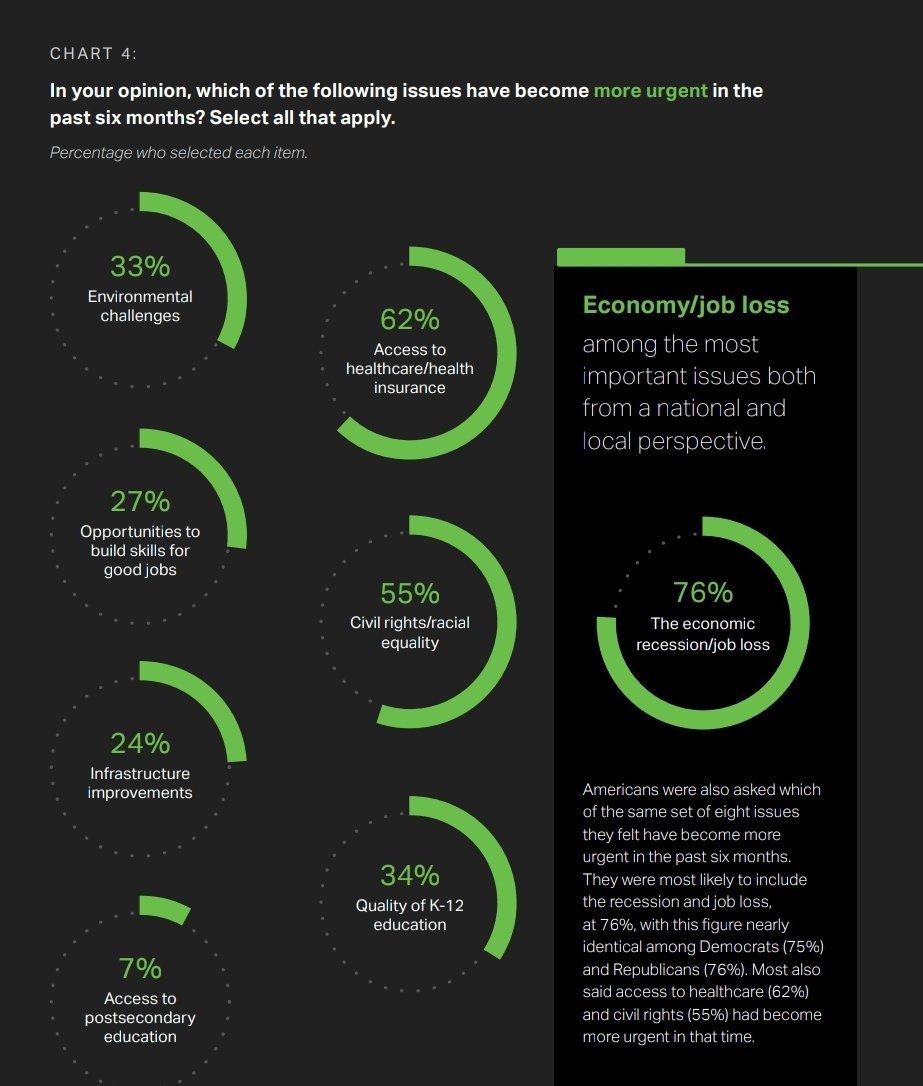
Lots to like in the #InfrastructureBill, esp that public investment is back.
For me, the Q is always about scale & direction.
E.g.
-US school bus fleet 480,000
-Cost per bus $100,000-$300,000 (electric cost more)
-Fleet replacement cost $48b-$144b +
-Infrastructure bill: $7.5b🧵
For me, the Q is always about scale & direction.
E.g.
-US school bus fleet 480,000
-Cost per bus $100,000-$300,000 (electric cost more)
-Fleet replacement cost $48b-$144b +
-Infrastructure bill: $7.5b🧵
Allocation to address inequities from gentrification and the highway system: $1b
That's approx what it costs to build 100-200miles of highway. I.e., a very small amount to redress decades of legacy investments in an interstate hwy system that ripped through many communities.
That's approx what it costs to build 100-200miles of highway. I.e., a very small amount to redress decades of legacy investments in an interstate hwy system that ripped through many communities.
$1.25b appropriated for Appalachian Development to connect remote communities from 13 Appalachian states from NY to AL. Given above hwy building costs, you know that funding is a drop in the bucket, given objectives.
Bridge Grant program: $36.7b. Sounds good, until you look up American Society of Civil Engineers estimates: $125b bridge repair backlog and an estimated $22.7b of new spending needed ANNUALLY.
The $36.7b in the bill is to be spent over 5yrs.
The $36.7b in the bill is to be spent over 5yrs.
Given decades of public disinvestment & neglect, seems other appropriated amounts fall short too. Maybe broadband funding will make a real difference.
Ofc, the bill's many components will add up to overall improvement in economic conditions.
Ofc, the bill's many components will add up to overall improvement in economic conditions.
All very welcome, but let's be clear-eyed.
If the goal is rehabilitation, development and equity: we need a lot more funding.
If the goal is green transition, we need much more and faster.
The infrastructure bill doesn't make any of the needed transformative investments.
If the goal is rehabilitation, development and equity: we need a lot more funding.
If the goal is green transition, we need much more and faster.
The infrastructure bill doesn't make any of the needed transformative investments.
We knew the 'bipartisan route' could not deliver the scale or direction of required investments. Which is why the next reconciliation bill is so important. And then the next one, and the next (if Dems keep their lead and handle the party obstructionists).
nytimes.com/interactive/20…
nytimes.com/interactive/20…
Unfortunately, as the IPCC report reminded us, this amounts to playing in the sandbox, while the home is burning down. We need to change EVERYTHING.
For that, we need to redefine very quickly what constitutes big and bold public investment.
theatlantic.com/science/archiv…
For that, we need to redefine very quickly what constitutes big and bold public investment.
theatlantic.com/science/archiv…
• • •
Missing some Tweet in this thread? You can try to
force a refresh







